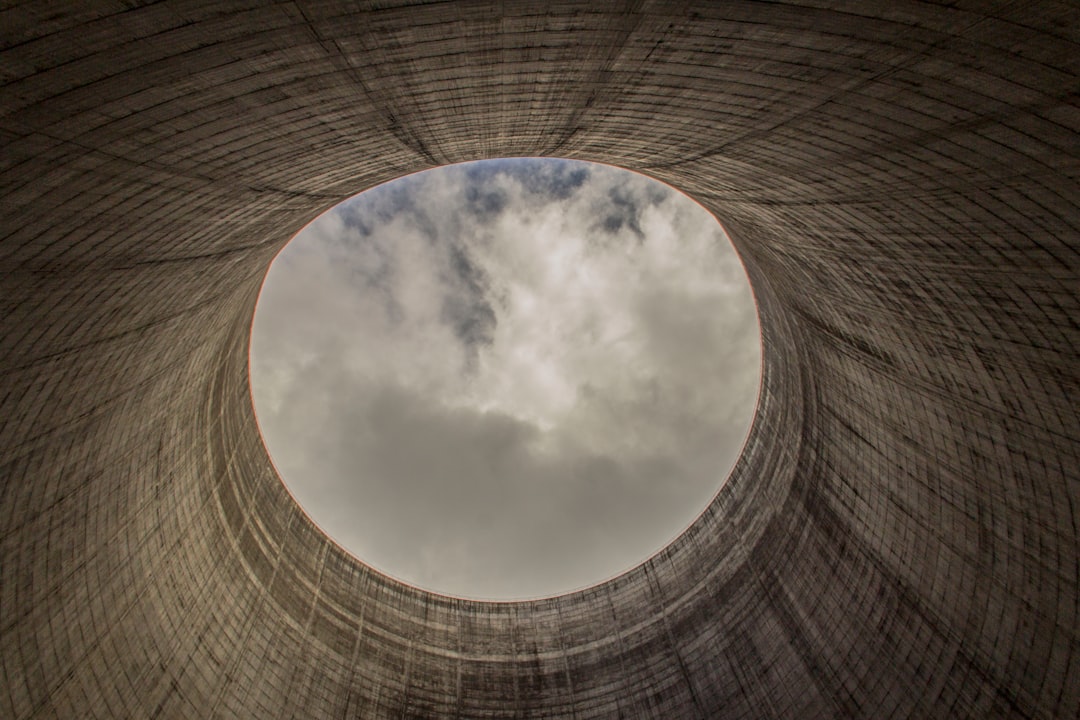What is it about?
In recent times, forced power outages have become more common. This is a situation where a power station shuts down due to unexpected breakdown. Forced power outages can be due to aging architecture, climate change, operation error, and planned attacks. As a result, there is a need for more resilient power systems to reduce such outage risks. But, to improve the resilience of power systems, a large amount of related data must be analyzed - this can be challenging. In this study, the authors addressed this issue using machine learning (ML). They used several ML based frameworks to predict power outage features. The ML framework predicted the resilience in terms of a quantity called “rapidity,” which is the time needed for a power system to return to normal functioning after an outage. The authors classified outages as short and extended. In addition, they used an algorithm to pick the features most relevant to improving resilience. They then looked at how the selected features affected the classification. Based on this, they provided insights into managing power stations better to improve their rapidity.
Featured Image

Photo by Dirty Scan on Unsplash
Why is it important?
Power systems are essential for the operation of critical systems, which include transport, telecom, and water. This means that forced power outages disrupt the functioning of other systems as well. As this study shows, predicting power outages with ML allows for quick action after an outage. ML does this by identifying the features that most influence the outage. This can allow stakeholders to find the right resources to restore proper functioning. This, in turn, will prevent economic losses. KEY TAKEAWAY: It is necessary to develop resilient power systems to reduce power outage risks. ML can facilitate this by picking the right resources to be deployed to restore the system. This research relates to the following Sustainable Development Goals: • SDG 9 - Industry, Innovation, and Infrastructure • SDG 7 - Affordable and Clean Energy • SDG 11 - Sustainable Cities and Communities • SDG 13 - Climate Action
Perspectives
This work is intended to support organizations improve their response to unplanned outages and failures. This is very timely given the era or climate change we live in and the requirements for infrastructure to be resilient to unplanned events.
Eric Goforth
Read the Original
This page is a summary of: Rapidity Prediction of Power Infrastructure Forced Outages: Data-Driven Approach for Resilience Planning, Journal of Energy Engineering, June 2022, American Society of Civil Engineers (ASCE),
DOI: 10.1061/(asce)ey.1943-7897.0000836.
You can read the full text:
Resources
SDG Showcase: Goal 9 – Industry, Innovation and Infrastructure
More plain language summaries of research relevant to Sustainable Development Goal 9: Industry, Innovation and Infrastructure – brought to you by the SDG Knowledge Cooperative
SDG Showcase: Goal 7 – Affordable and Clean Energy
More plain language summaries of research relevant to Sustainable Development Goal 7: Affordable and Clean Energy – brought to you by the SDG Knowledge Cooperative
SDG Showcase: Goal 11 – Sustainable Cities and Communities
More plain language summaries of research relevant to Sustainable Development Goal 11: Sustainable Cities and Communities – brought to you by the SDG Knowledge Cooperative
SDG Showcase: Goal 13 – Climate Action
More plain language summaries of research relevant to Sustainable Development Goal 13: Climate Action – brought to you by the SDG Knowledge Cooperative
ASCE Sustainable Development Goals Showcase
More plain language summaries of research relevant to ASCE's Sustainable Development Goals
SDG Knowledge Cooperative
More plain language summaries of research relevant to all the Sustainable Development Goals.
ASCE Climate Change Showcase
More plain language summaries from ASCE relevant to Climate Change
Climate Change Showcase
More plain language summaries of research relevant to Climate Change
Contributors
The following have contributed to this page










